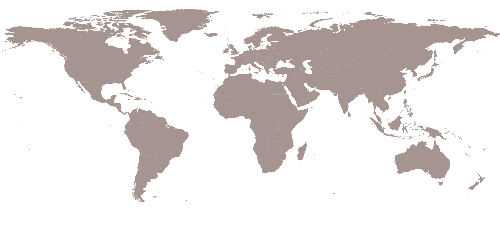Crafting Contextual and Sustainable Urban Design
Completed in 2019, the 7,400 m² redevelopment revitalised a historically significant urban precinct through a careful balance of conservation and contemporary design. Eleven historic buildings were restored, while eight non-significant structures were reconstructed to better serve modern uses. Central to the transformation was the rehabilitation of the 12th-century Bin Lamdoun Bridge and the reconnection of the riverfront—now fully reintegrated into the urban fabric.
The design approach emphasises the space between buildings, sculpting contiguous public zones that support the social and spatial rhythms of the neighbourhood. Drawing on Islamic design principles—geometry, repetition, and variation—the project introduces a contemporary architectural language that honours the Moroccan vernacular. Outdoor galleries and tiled surfaces created by local artisans define each space, aiding navigation and improving thermal comfort.
Reviving the Soul of the Medina
A mixed-use program now supports over 50,000 master artisans and students, anchored by artisan workshops, educational spaces, cafés, shops, and public courtyards. These interventions have helped establish Place Lalla Yeddouna as a catalyst for artisan development, economic vitality, and community cohesion.
Environmental sustainability is embedded into the architecture through passive design strategies rooted in traditional Moroccan know-how. Optimising sun, wind, and thermal mass ensures natural ventilation, ambient comfort, and energy efficiency—grounding the architecture in its environmental and cultural context.
Today, Place Lalla Yeddouna stands as a model for heritage-led urban regeneration, where community, craft, and climate-responsive design come together to shape a resilient future for the medina of Fez.
A catalyst for the development of surrounding areas with positive social impact
The jury recognizes that the transformation of this unique yet particularly neglected site on the banks of Fez River will not only contribute to the built environment but will also improve the poor labor and economic conditions of the native copperplate and leatherworks artisans that dominate the site. It is expected that the improvement of this site will become a catalyst for the development of surrounding areas with positive social impact that will not end at the site’s boundaries.













